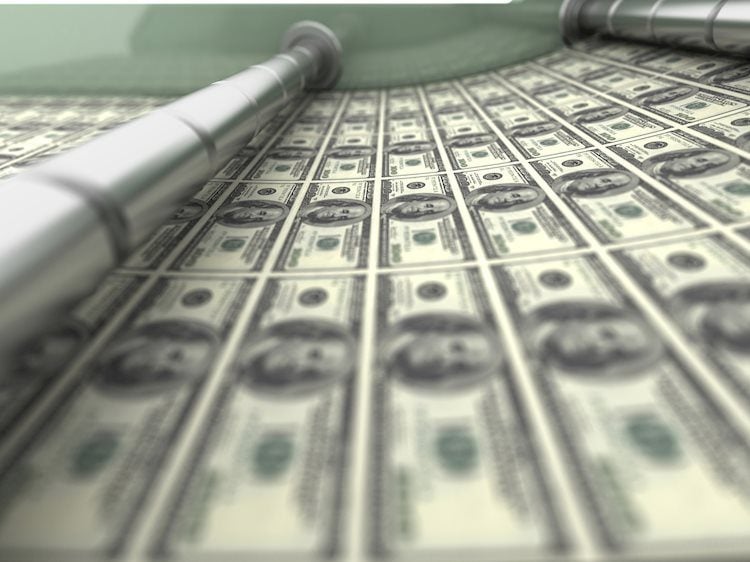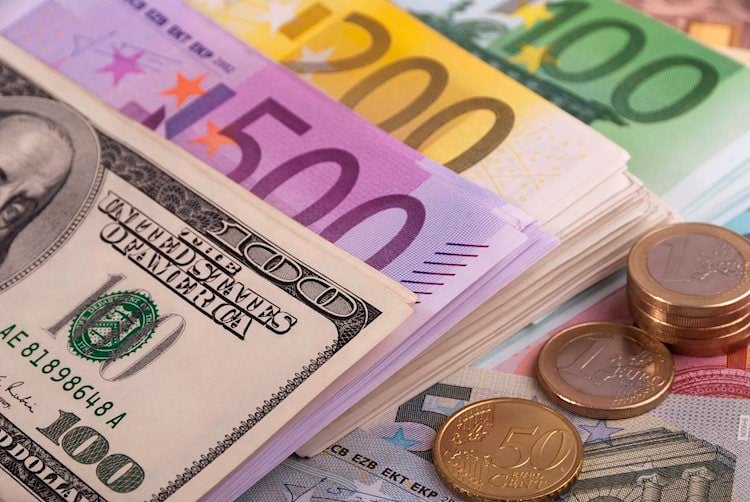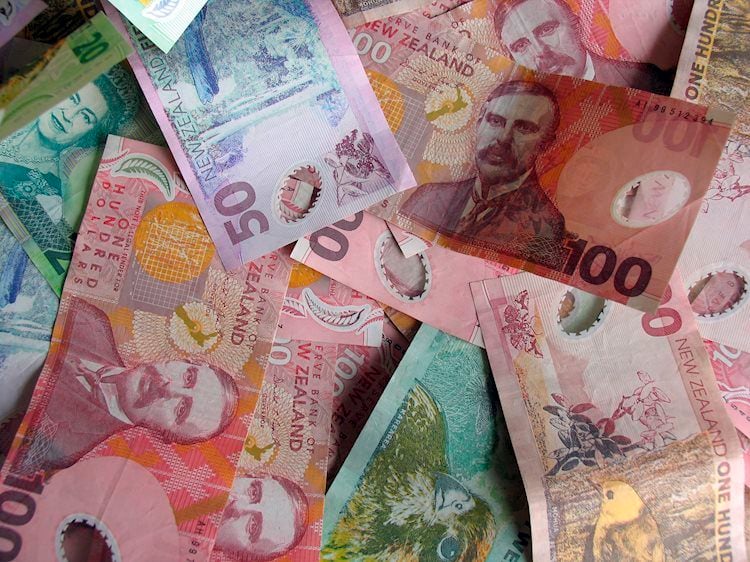The dollar’s rally lasted longer than we expected, aided by the Fed’s aggressively hawkish stance, which has caused the market to price in many hikes before the end of next year. The dollar’s rally into early July strained technical indications, and we’ve recently seen near-term trend reversals around the end of the month or the US employment report.
Despite the first positive employment report in three months, US interest rates have lowered. In reality, the December 2022 Eurodollar futures contract’s implied yield declined four basis points. Making new lows before recovering and finishing above the previous high, the contract chalked out what appears to be a crucial reversal (in price). The yield on the two-year note, which had doubled in June, has fallen for the fifth time in the last six sessions. Last week, the 10-year yield fell every day for a total drop of ten percent, bringing it closer to 1.40 percent, the lowest level in four months.
With the US holiday on Monday, the new week gets off to a slow start. Given that individual Federal Reserve employees’ forecasts were not discussed at last month’s FOMC meeting, and Chair Powell downplayed them, it’s not unexpected that the minutes were not as hawkish as the dots. Even if there was some “buy the rumor, sell the reality” dollar trade following the employment statistics, the market will want to see more before concluding that the month-long dollar run is finished.
Dollar Index (DXY): Ahead of the jobs report, the Dollar Index hit a fresh high of about 92.75, its highest level since early April. It sold off and closed around 91.20, near its lows. A possible critical reversal was discovered. A break of 92.00 indicates the presence of a near-term top, and a move below 91.50 would be compelling. Although the momentum indicators are overbought, they are still pointing upward. Scar tissue demonstrates that prices can continue to increase even when technical indicators appear to be approaching extremes, but the reversal pattern and weak closing is the ideal set-up to signal the conclusion of the month-long rally.
Euro: Following the employment statistics, the common currency rallied off a low of $1.1810, but failed to break through the previous session’s high ($1.1885). It ended a four-day losing streak. A climb above $1.19 would assist to level the playing field. To increase confidence that a meaningful bottom is in place, the late June high at $1.1975 must be overcome. Although the momentum indicators are in oversold zone, there is little on the charts until $1.1700, which corresponds to the March low and the (38.2 percent ) retracement of the rebound since the epidemic bottom in March 2020 ($1.0635).
Japanese Yen: In the middle of last week, the US dollar had a bullish outside up day, trading on both sides of the previous session’s range and finishing above its high to return above JPY111.00. However, it registered a bearish outside down day ahead of the weekend. It established a new year high only a hair over JPY111.65, where the upper Bollinger Band was located. At JPY111.70, the high from March 2020 was somewhat higher. JPY112.25 set the previous year’s high in February. Although the MACD does not appear to be stretched, the Slow Stochastic does. Both appear to be on their way down. The yen is a range-trading currency, and the trendline off the Q2 lows, which is currently near JPY110.00, may reflect the lower end of the range.
Before the US jobs news, the British pound plummeted to its lowest level since mid-April ($1.3735). It rallied to approximately $1.3850, marking a significant upward reversal. It has dropped in four of the last five weeks, putting the momentum indicators out of whack. Next week, the MACD is expected to turn higher. The Slow Stochastic, which has not confirmed the decline to the lowest level since mid-April, could be turned by follow-through cable purchasing next week. The next stumbling block is the $1.3870-$1.3900 range. The euro, on the other hand, has struggled to maintain a foothold above GBP0.8500 and now appears to be pulling down to the lower end of its range, closer to GBP0.8500.
Canadian Dollar: At the close of last week, the Canadian dollar was the most impressive of the major currencies. The greenback turned lower after establishing a tiny new high above CAD1.2450 ahead of the US jobs report, taking out the previous three sessions’ lows to mark a major reversal. Indeed, it topped the bounce’s 61.8 percent retracement target near CAD1.2250, set on June 23. The nearly 1% drop in the US dollar ahead of the weekend (to around CAD1.2310) was the greatest in a year. The CAD1.2300 will most likely provide first support. A break of this level could herald a return to CAD1.2200. The MACD is curving over, while the Slow Stochastic is moving at a slower pace.
The Australian dollar is divided into two parts. After plunging to a new low for the year (0.7445) ahead of the weekend, the Australian dollar bounced smartly past the previous two sessions’ highs to over $0.7535. It, too, saw a significant upward turnaround. It also ended a four-day slide that had followed a five-day rise the week before. Though the MACD is already at its lowest level since April 2020, it is on its way down. The Slow Stochastic is headed lower, but if gains continue next week, it could flip upward, leaving a bullish divergence in its wake. The new bottom in price has not been verified by the Slow Stochastic. The 200-day moving average is housed in the $0.7550-$0.7575 zone, which provides close resistance. However, a rise above $0.7600 may be required to provide confidence that a long-term bottom has been established.
Mexican Peso: The dollar reached a high versus the peso around MXN20.08 the day before the US employment report, nearly surpassing the 38.2 percent retracement of the unexpected Bank of Mexico rate hike-induced drop (MXN20.1040). It briefly traded below MXN19.75 during the pre-weekend sell-off, setting a new weekly low. Although the momentum indicators aren’t especially helpful right now, the dollar is expected to continue to be under pressure. MXN19.70 is likely to provide initial support, followed by MXN19.60, which struck a five-month low on June 9. In Q3, the market has 50 basis points of tightening priced in.
Chinese Yuan: Against the dollar, the yuan has recently moved in lockstep with developing market currencies. Consider that the yuan fell by roughly 0.25 percent last week and fell by around 1.3 percent in June. Last week, the JP Morgan Emerging Markets Currency Index fell 0.5 percent, and in June, it fell 1.2 percent. Despite this, the dollar climbed against the yuan for the fifth week in a row. However, last week’s high near CNY6.4850 was lower than the previous week’s high (CNY6.4910), and the dollar’s fall following the employment report points to a higher yuan to start the new week. In the short term, the dollar may drop to CNY6.45 and possibly CNY6.43 in the next days./n





